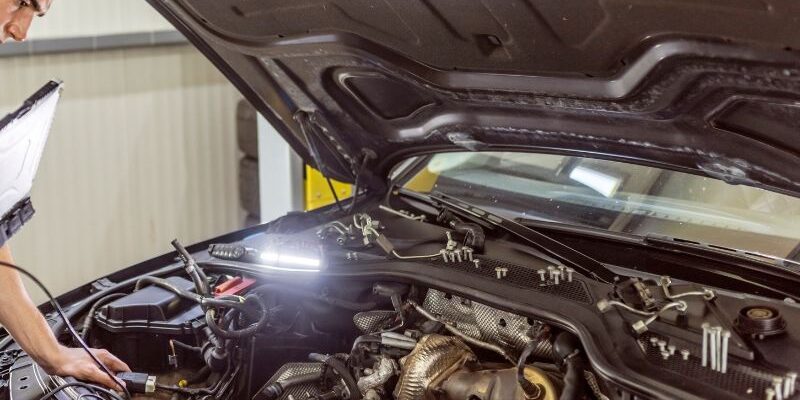Trunk torsion bars are essential mechanical components designed to assist in the smooth opening and closing of a car’s trunk lid. Typically made from durable steel, these bars act as springs by twisting along their length to provide counterbalance against the weight of the trunk lid. Unlike hydraulic struts found in some vehicles, torsion bars rely on torsional resistance to support the trunk, reducing the effort needed to lift the lid and keeping it stable when open. Understanding their function is key to appreciating their role in vehicle convenience and safety.
How Torsion Bars Facilitate Lid Movement
When you lift the trunk lid, the torsion bars twist and store mechanical energy, which helps offset the trunk’s weight. This stored energy reduces the physical effort required to open the trunk and prevents the lid from slamming shut abruptly. Upon closing, the bars unwind slowly, allowing the trunk lid to settle securely into place. This controlled motion ensures smooth, balanced operation and protects both the trunk components and users from sudden movements that could cause injury or damage.
Impact on Trunk Lid Stability
One of the most important functions of trunk torsion bars is providing stability when the trunk lid is open. Because the bars are under tension when the lid is raised, they hold the lid firmly in position, preventing it from falling unexpectedly. This stability is crucial when loading or unloading cargo, as it reduces the risk of the lid closing accidentally and causing injury or damaging items. Properly functioning torsion bars maintain a consistent resistance that feels balanced throughout the lid’s range of motion. Opt for the Auto Repair in New Orleans, LA based service here.
Signs of Torsion Bar Wear and Failure
Like any mechanical part, torsion bars can wear out over time due to metal fatigue, corrosion, or damage from impact. Common symptoms of failing torsion bars include a trunk lid that is difficult to lift, won’t stay open, or closes too quickly and forcefully. You may also notice uneven lid movement or hear unusual noises when opening or closing the trunk. Ignoring these signs can lead to safety hazards and further damage to trunk components, so timely inspection and replacement are essential for maintaining proper trunk function.
Maintaining and Replacing Torsion Bars
Maintaining torsion bars primarily involves routine inspection for rust, bends, or cracks, especially in older vehicles. Keeping the hinge area clean and lubricated can also prolong the bars’ lifespan by reducing wear on connected parts. When torsion bars show signs of failure, professional replacement is recommended because improper installation can affect trunk balance and safety. Regular care and timely repairs ensure that your trunk lid continues to operate smoothly, safely, and reliably.
In summary, trunk torsion bars play a vital role in balancing and stabilizing the trunk lid. By storing and releasing mechanical energy, they facilitate easy lid movement and prevent accidental closures. Recognizing their function and addressing wear promptly helps keep your vehicle’s trunk safe and convenient to use.


